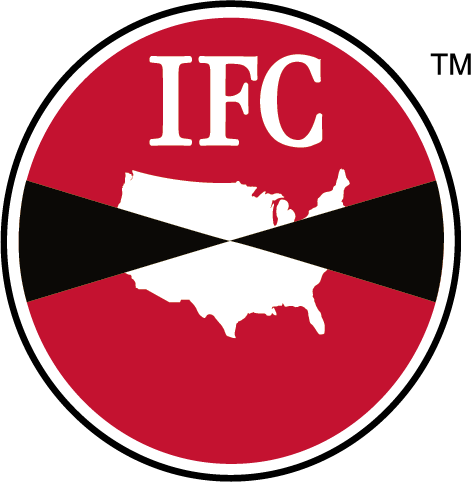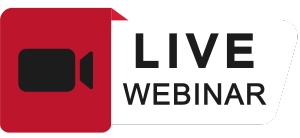Essentials of Bird Management for Food Processors
Birds present some of the greatest challenges in pest management. The intelligence, vision, and flight mobility of birds make them a tough competitor. But, many people – including food facility employees – have a special fondness for birds and enjoy watching them. Discouraging birds from frequenting a site for sanitary reasons needs to be done with tremendous sensitivity for employees and other people who may not be accepting of any signs of birds in distress. The majority of bird control measures are proactive and encourage non-lethal and humane practices. The main goal is to encourage the birds to go elsewhere.
The Argument for Bird Management
Birds are filthy! Droppings, feathers, nesting materials and other debris from birds contains pathogens and parasites. Pigeons that appear so sleek and clean nest in little more than piles of their own droppings. Droppings on the ground outdoors or on rooftops where workers walk can easily become sources of contamination if tracked into a facility. Droppings can also represent slip and fall hazards and cause structural damages. Sanitarians are caught in the middle of a difficult problem with food safety, personnel safety and audit score considerations on one hand, but effective, humane and affordable solutions on the other.
Try Denial and Become a Bird Watcher?
Of course not! But, some observations are necessary to understand how birds are using a site. What kind of birds are they? What kinds of surfaces are they roosting or congregating on? Are the birds present overnight, or are they only visiting the site during the day? Does your site seem to be a source of the bird’s daily food and water? The ways birds use a site are indicators of the degree of attachment they have to the site, and the rigor that will be necessary to evict them.
Managing the Droppings
Droppings, feathers and debris are really bigger issues than some birds in the outdoor surroundings. Sometimes bird control measures need to wait for a capital project approval, or may be delayed or unfeasible for other reasons. It may be more feasible to focus on the droppings and mitigate any sanitation risks to keep products protected from droppings. Keeping droppings cleaned up to prevent tracking and slip and fall hazards needs to remain a high priority. Be sure to include these tasks in master cleaning schedules and ensure that workers assigned to tasks of cleaning up accumulations of droppings are equipped against exposure to pathogens in dried droppings.
Indoor Birds
Almost any structure is susceptible to a bird getting inside from time to time. Have a plan and be prepared for immediate reaction. Take proactive precautions to protect food safety. Close interior doors or be prepared to quickly cover sensitive exposed products and processes. If possible, dim the lights and have a coordinated team of people drive the bird with flashlights or laser pointers to an open door. Birds are often stressed and confused when they get trapped indoors and are likely happy to escape. Every facility should have a bird mist net on hand and people who know how to use it for indoor bird capture. These very fine nets are virtually invisible to birds and if positioned in a path of flight, will quickly entrap the bird. Birds often take up a routine racetrack pattern of flight. Telescoping poles for raising the mist net like a giant volleyball net in a flight path make it easy to deploy a net and achieve captures quickly. When a bird gets into a facility, try to analyze how and where it happened and correct the problem to help prevent future instances. Indoor birds need to be treated as an emergency and removed as quickly as possible. Policies and procedures for all measures, including lethal, need to be developed in advance.
Integrated Pest Management for Birds
There is no single silver bullet for solving bird problems. Like other pest control methods, bird management requires an integrated approach. There are more than 100 different legitimate tools, techniques and devices that can potentially be brought to bear. Often, the solution comes down to a combination of sanitation measures, exclusion and harassment devices that have been skillfully chosen and installed to counter the ways birds have been using a site. In some cases, netting is needed to exclude birds from certain areas, but in others, certain devices to exclude them from ledges or perches are more appropriate. In certain cases, a variety of harassment or scare devices can be effective.
Tackling bird issues requires an integrated approach, a solid plan and the diligence to carry it through. It is highly recommended to consult with a commercial bird control company who has the experience to design a strategy that will be most successful for the unique bird challenges at your facility.



